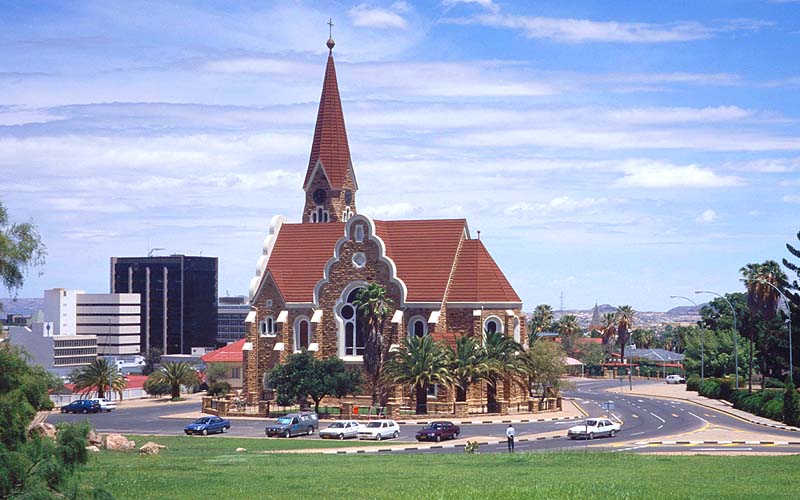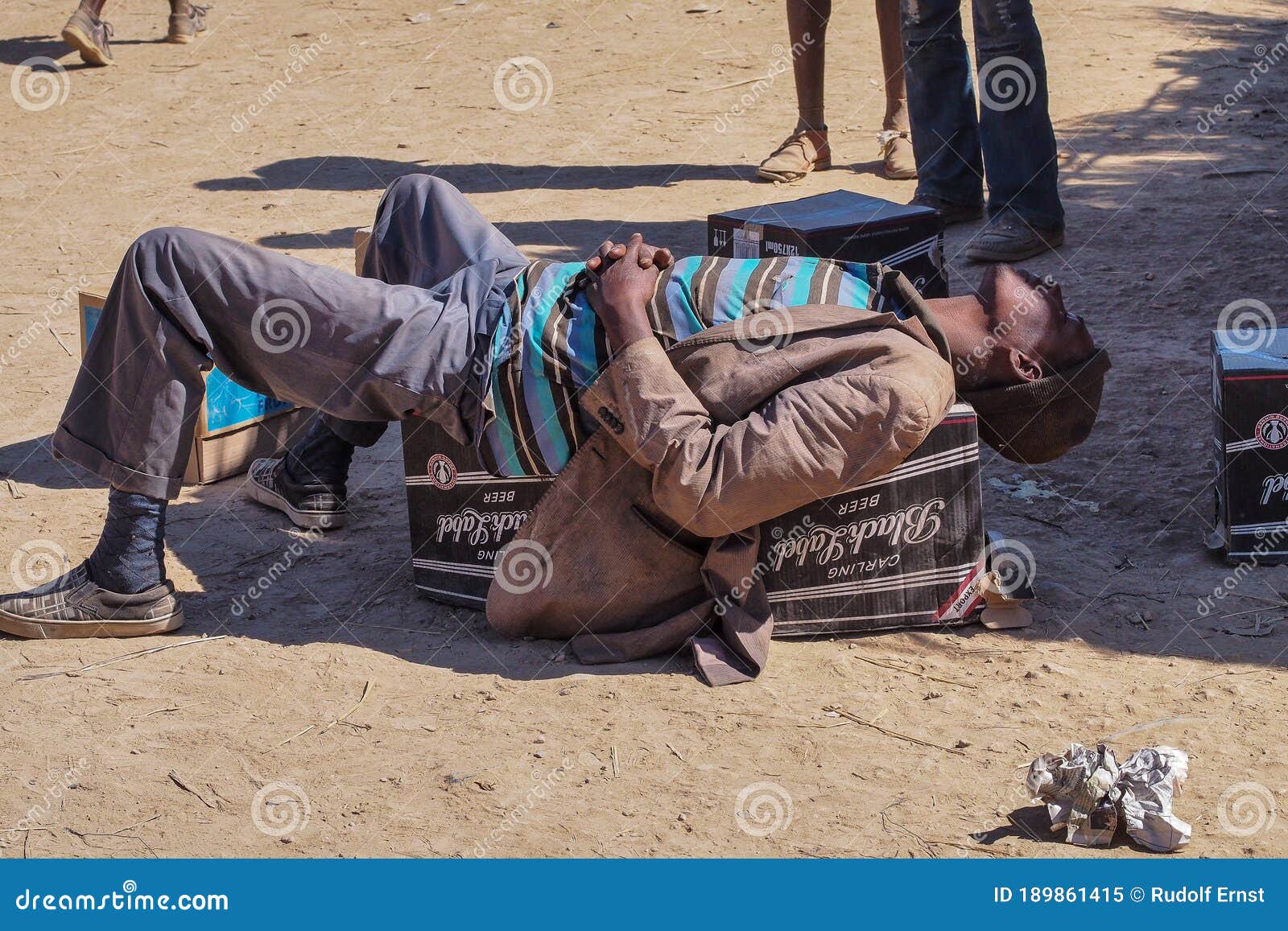

CAPITAL OF NAMIBIA AFRICA TV
Broadcast media: 1 private and 1 state-run TV station satellite and cable TV service is available state-run radio service broadcasts in multiple languages about a dozen private radio stations transmissions of multiple international broadcasters are available (2007). Major trading partners: South Africa, U.S. Imports: $5.762 billion (2012 est.): foodstuffs petroleum products and fuel, machinery and equipment, chemicals. Exports: $4.657 billion (2012 est.): diamonds, copper, gold, zinc, lead, uranium cattle, processed fish, karakul skins. Natural resources: diamonds, copper, uranium, gold, lead, tin, lithium, cadmium, zinc, salt, vanadium, natural gas, hydropower, fish note: suspected deposits of oil, coal, and iron ore. Industries: meatpacking, fish processing, dairy products mining (diamonds, lead, zinc, tin, silver, tungsten, uranium, copper).

Agriculture: millet, sorghum, peanuts, grapes livestock fish. National Holiday: Independence Day, March 21Įconomic summary: GDP/PPP (2012 est.): $16.84 billion per capita $7,800. Religions: Christian 80%?90% (Lutheran at least 50%), indigenous beliefs 10%?20% Note: about 50% of the population belong to the Ovambo tribe and 9% to the Kavangos tribe other ethnic groups are Herero 7%, Damara 7%, Nama 5%, Caprivian 4%, Bushmen 3%, Baster 2%, Tswana 0.5%

Languages: English 7% (official), Afrikaans is common language of most of the population and of about 60% of the white population, German 32% indigenous languages: Oshivambo, Herero, Nama: 1%Įthnicity/race: black 87.5%, white 6%, mixed 6.5%. Prime Minister: Saara Kuugongelwa-Amadhila (2015)


 0 kommentar(er)
0 kommentar(er)
